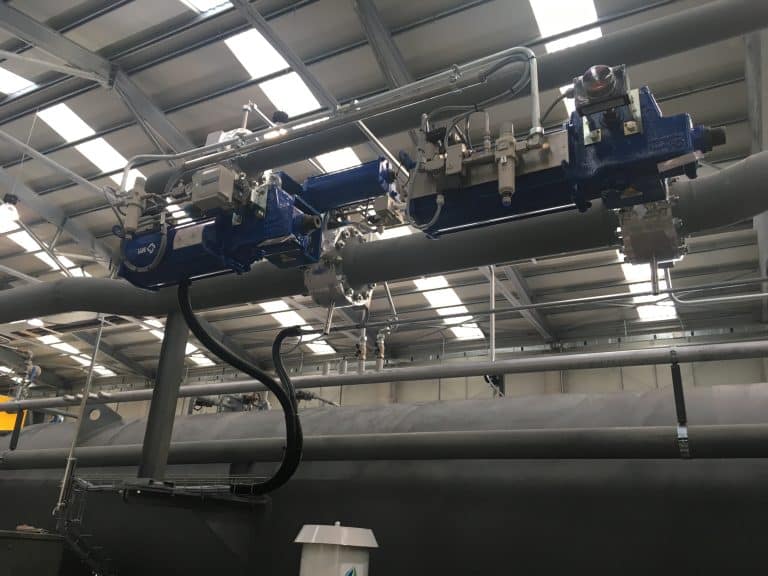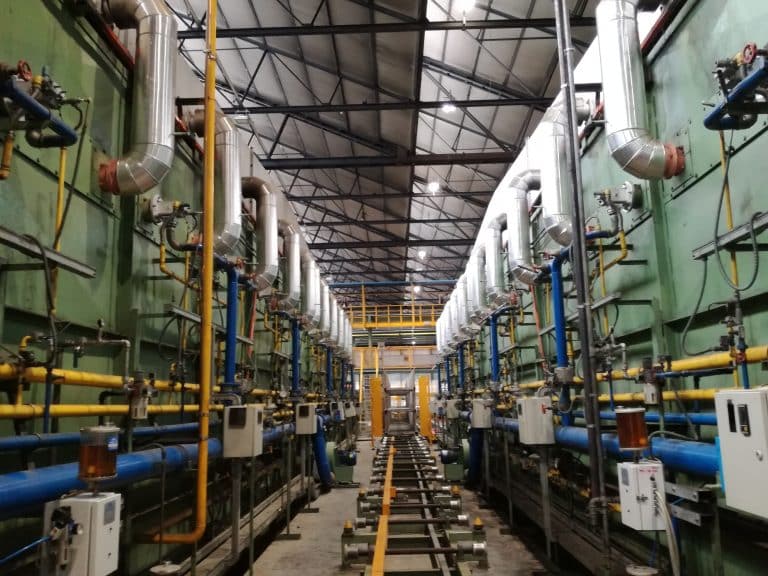GT Engineering is member of the Technical Committees of the following Standards: IEC 61508 series, IEC 61511-1, IEC 62061 and ISO 13849-1.
We support users in the reliability assessment of Safety and Production Systems. From a Hazard and Operability (HAZOP) study, we move to a Layer of Protection Analysis (LOPA) to a SIL allocation.
We can than help designing each Safety Instrumented System and calculate the Sil level reached.
We organise training on all the aspects of Functional Safety and we are lecturers on Functional Safety at Brescia University and at the Milan Polytechnic (School of industrial and Information Engineering).
Equipment Protection Level
In an explosive atmosphere, only suitable equipment must be installed: suitable means that they cannot ignite the explosive atmosphere.

"Proven in use" and "Prior use"
THE DOUBT: What is the difference between a Proven in Use and a Prior Use Device?
Actually the two terms are quite similar and it is very easy to mix t...

The difference between Route 1H and Route 2H
THE DOUBT: What is the difference between Route 1H and Route 2H?
Let’s try to place the subject into the main picture. When you hear about Route 1H and 2...

Proof Test and Diagnostic Coverage
THE DOUBT: What is the difference between a Proof Test and a Diagnostic Test?
CONSIDERATIONS: The Proof Test concept is coming from IEC 61508 and it is im...

High versus Low Demand
THE DOUBT : What does it mean that a Safety Control Systems is operating in High or in Low Demand and why is it important to know it?
CONSIDERATIONS:...
